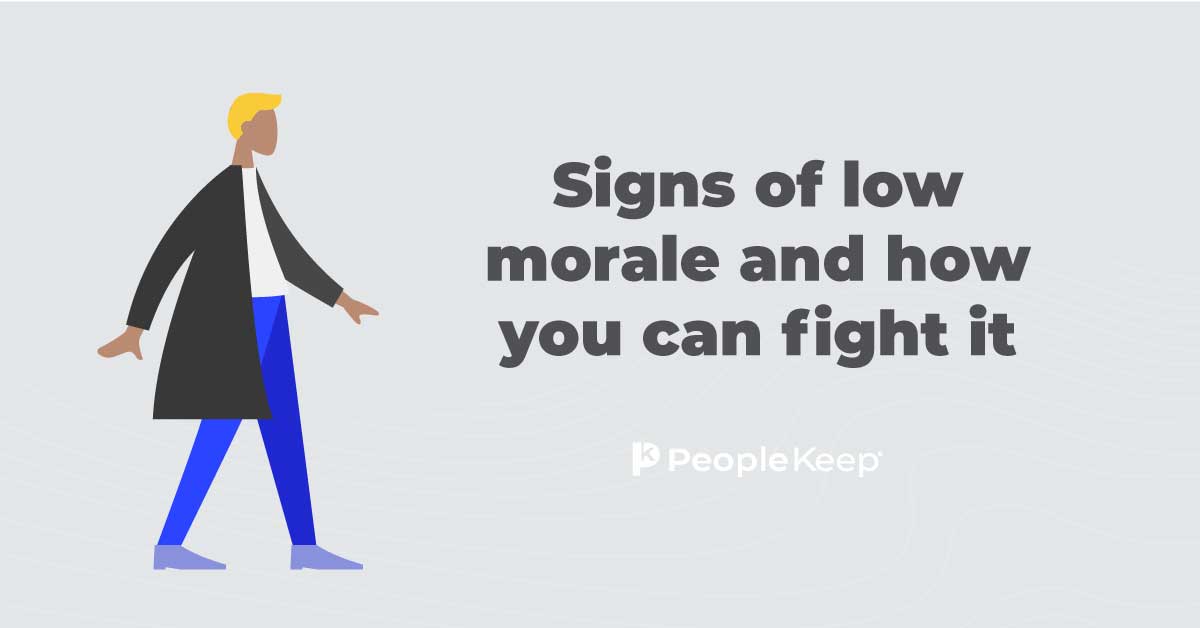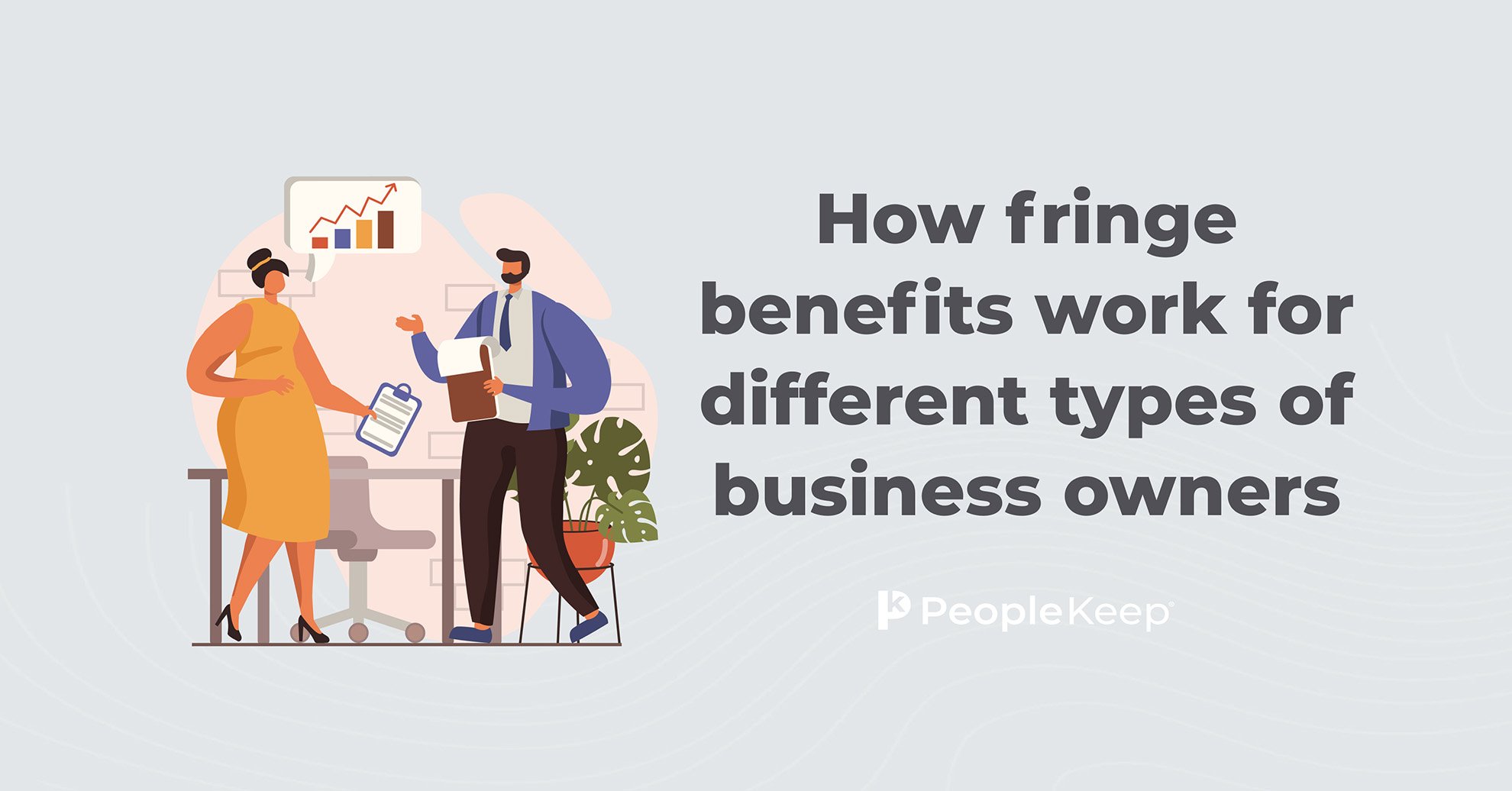How to attract talent in the gig economy
By Holly Bengfort on July 23, 2024 at 5:58 PM
In recent years, the gig economy—a labor market in which independent workers have short-term contracts or gig work as opposed to permanent jobs—has shown incredible growth in the United States. A 2023 FlexJobs report1 found that 40% of the U.S. workforce had freelanced in the past year. That's around 60 million gig economy workers who have opted out of standard corporate jobs.
Numbers rose in the wake of the COVID-19 pandemic and the Great Resignation, a trend where traditional workers left their jobs in massive numbers in search of better pay and benefits between 2021 and 2023.
These part-time, freelance, and contract jobs have allowed many skilled workers to work independently with increased flexibility. It's a newfound freedom many employees aren't willing to give up.
But the gig economy benefits more than just workers. By hiring an independent worker, businesses can meet their immediate employment needs while reducing employment costs.
However, talent acquisition in the gig economy can be difficult. Plus, with the growing prevalence of the gig economy, you'll want to ensure your current workforce doesn't leave for gig work. To effectively attract and keep your skilled talent, you'll need to provide personalized benefits that your employees want.
In this article, we'll explain how to attract and hire talent in the gig economy.
Takeaways from this blog post:
- The gig economy has grown rapidly due to recent events and shifting perceptions of gig work as a desirable employment model for workers.
- Offering health benefits, paid time off, growth opportunities, and remote work options can help you attract and retain talented gig workers.
- Employers need to adapt their hiring and onboarding processes to cater to the unique needs of gig workers, who value flexibility and autonomy in their work arrangements.
Why is the gig economy growing?
The gig economy and gig companies have been around for decades. However, recent events have shifted the perception of gig work from a last resort for the working class to a desirable employment model for standard workers.
On March 11, 2020, the World Health Organization (WHO) declared COVID-19 a global pandemic. Businesses shuttered, and many part-time workers and full-time employees were laid off or forced to work from home in makeshift offices. As a result, according to Statista2, more than 2 million traditional employees joined the gig workforce in 2020 alone.
These Americans turned to gig work as a way to pay their bills until they could find a new job. It was seen as a temporary fix, but now that the economy's rebounded and businesses are hiring, these same workers are hesitant to leave their gig work behind. That's because working from home comes with several benefits to contract workers. It allows people to live a flexible lifestyle that wasn't possible before in a full-time, in-office job. Freelance workers and independent contractors are free to set their hours and choose to take on the clients they want to work with. They can often work when they want, where they want, wearing what they want for any period of time they want.
Finally, advances in digital technologies and system improvements are partially responsible for the gig economy's growth. Thanks to digital platforms such as video conferencing and instant messaging that make remote work possible, people are more equipped to be successful gig economy workers.
Endless opportunities for gig workers
In 2022, 39% of the American workforce participated in freelance work4, marking a 3% rise from the previous year.
From delivery jobs to high-ranking executive positions, there's a wide range of options for gig workers to choose from in today's economy.
Upwork5 compiled a list of the 12 best gig economy jobs in 2024:
- Rideshare and food delivery driver
- Freelance writing
- Online tutoring
- Graphic design
- Short-term rentals host
- Virtual assistant
- Pet services
- Task-based gigs
- Delivery driver for services
- Handyman services
- Social media management
- Transcription
The latest legislation on gig work
Keep in mind the latest legislation on gig work has caused some concerns for companies such as Uber and Lyft. In January 2024, the Biden administration released final rules that could result in more gig workers being considered full-time employees rather than independent contractors. Under the new rules3, an organization must consider workers as employees if they are “economically dependent” on the organization.
The U.S. Department of Labor believes the rule will reduce the risk of organizations misclassifying employees as independent contractors. Ultimately, this law could affect future pay and benefits for gig workers. Many labor advocates are in favor of this, but it may raise costs for companies offering gig work.
Hiring gig talent
Why might your organization want to hire gig talent? Why not stick to the tried and true method of in-house permanent talent?
Suppose you have an immediate skills gap in your organization. In that case, hiring independent contractors is often quicker than searching for an equally qualified full-time job seeker. Hiring an independent worker can also help with your budget. Since gig workers aren't a permanent workforce, you can use them as needed on a project-by-project or temporary basis. This is especially helpful for small businesses that can't afford to bring on more full-time help.
However, hiring gig talent isn't the same as hiring for permanent positions. Since gig workers move around and balance multiple gigs simultaneously, the hiring and onboarding process must be fast. While your average worker might wait around through a month-long hiring process, don't count on a temporary worker to do the same.
You also need to establish goals, deliverables, and timeframes for gig talent. After all, with gig workers, you may want to offboard them once their job is complete. Alternatively, you can offer gig workers full-time employment later down the line by offering them the benefits they want.
Why offer benefits to gig and full-time workers?
There's stiff competition in the gig economy sector right now. A lack of benefits could send potential candidates looking for work elsewhere. To ensure that your organization stands out to top-tier freelance talent, you need to offer an appealing benefits package as a bonus to their source of income. According to our 2024 Employee Benefits Survey, 81% of employees said an employer’s benefits package is an important factor in whether they accept a job.
If you're looking to hire talented gig workers, here are some of the benefits you can offer:
- Health benefits
- Dental insurance
- Vision insurance
- Retirement benefits
- Paid time off (PTO)
- Growth and development opportunities
- Remote work options or flexible schedules
Let's look at a couple of these benefits in more detail below.
Health benefits
Health benefits are a major factor in the positions for which a job seeker applies. But why would you offer a health benefit to a part-time employee? If you want to incorporate gig workers into your talent pool, you need to be able to compete with other organizations.
While there are no legal requirements for offering a health benefit to all of your part-time employees or independent contractors, a health benefit can help you attract and keep the right employees. In our survey, 92% of employees rated health benefits as important.
These benefits are critical for keeping full-time employees. Plus, if your organization is an applicable large employer (ALE) with 50 or more full-time equivalent employees (FTEs), you're required to offer a health benefit to at least 95% of those full-time employees.
Health benefits can take the form of traditional group health insurance or health benefit allowances. We'll cover a few of the most popular health benefit options below.
Group health insurance
Traditionally, a group health insurance policy plays a significant role in recruiting and retaining employees. However, it can also be highly time-consuming and expensive for organizations and employees.
If you want to offer group health insurance to both full-time and part-time gig workers (not to mention different income levels, ages, and health statuses), you'll have a hard time finding a policy that fits all of your employees' needs.
Health reimbursement arrangements (HRAs)
One option that's growing in popularity is a health reimbursement arrangement (HRA). HRAs have the same tax advantages as group health insurance while giving employers more control over their budget.
Employers offer a monthly tax-free benefit allowance that employees can use for eligible medical expenses. This can include health insurance premiums and prescriptions. Employers can decide if they want to reimburse premiums only or include out-of-pocket expenses as well.
Because HRAs reimburse employees for their health expenses, employees can choose the individual health insurance plan that's best for them as long as it meets minimum essential coverage (MEC).
With an HRA, you can even include your part-time employees in the benefit.
The are two types of HRAs that you can leverage to support part-time and full-time employees:
- Qualified small employer HRA (QSEHRA)
- Individual coverage HRA (ICHRA)
However, an HRA doesn’t work for gig talent. You can only offer one to W-2 employees. If you employ W-2 employees and contract workers, you can offer an HRA to your permanent workforce to save money compared to group health insurance. You can then use the next option for your gig workers.
Health stipends
Instead of offering an HRA or group health insurance, some organizations pay their employees a stipend allowance to help cover their health costs. Health stipends, or perks, come with fewer regulations and are more flexible for businesses.
You can give employees money for their healthcare expenses, much like an HRA, but without submitting receipts for approval. This makes a health stipend easy to manage.
Health stipends are best for organizations with employees who receive federal premium tax credits or those with many gig workers. Employees can keep their tax credits while also taking advantage of the health stipend.
However, health stipends count as taxable income on an employee's W-2. And you'll have to pay payroll taxes on these stipend payments. Because stipends are taxable, you can offer them to contractors without issue.
Paid time off
Gig workers appreciate a healthy work-life balance. Offering PTO is an excellent way to support that. This can include paid vacation, paid sick leave, paid family leave, and more. Offering paid time off is a win-win for your organization. It attracts high-quality workers, boosts productivity, and lets employees rest without loss of pay.
Growth and development opportunities
Gig workers want to grow in their careers and develop specialized skills just like any other employee. To entice potential hires, you can offer opportunities for professional growth and development. This could include access to training and development resources, mentorship programs, or opportunities to work on challenging projects that will help them expand their skill set.
Remote work options or flexible schedules
One key advantage of working in the gig economy is the flexibility it offers. To attract top talent, highlight the freedom and control that gig workers have over their schedules and projects. Emphasize the autonomy that comes with being able to choose which projects to take on and when to work, as well as the ability to work from anywhere.
An alternative work arrangement can pique the interest of your current employees and potential hires. In our survey, 57% of employees said it’s important to have access to remote work or a hybrid work environment. Giving your regular workers the freedom to work remotely or on a hybrid schedule is a great incentive that can boost employee satisfaction, engagement, and productivity.
While remote work is a perk, offering additional benefits is extremely important to independent gig workers. Employers can reimburse employees for their home office costs, such as internet access and cell phone bills, with a remote work stipend. This helps ensure your remote employees have a stable internet connection to complete their tasks.
Conclusion
The gig economy has revolutionized the traditional employment model, offering flexibility and autonomy to professionals across various industries. As more individuals opt for freelance work arrangements, companies have a unique opportunity to tap into a diverse pool of talent. By implementing the right strategies, you can attract and retain talented gig workers and build a strong team of independent contractors and freelancers who will help your business thrive in this new era of work.
This blog article was originally published on March 9, 2022. It was last updated on July 23, 2024.
- https://www.flexjobs.com/blog/post/hottest-freelance-job-opportunities-for-remote-work/?utm_campaign=hrb&utm_medium=newsletter&utm_source=morning_brew
- https://www.statista.com/statistics/921593/gig-economy-number-of-freelancers-us
- https://www.federalregister.gov/documents/2024/01/10/2024-00067/employee-or-independent-contractor-classification-under-the-fair-labor-standards-act
- https://www.upwork.com/research/freelance-forward-2022https://www.pewresearch.org/internet/2021/12/08/the-state-of-gig-work-in-2021/
- https://www.upwork.com/resources/best-gig-economy-jobs
Check out more resources
See these related articles

Signs of low morale and how you can fight it
Learn how to identify the signs of low morale and how to correct your organization's trajectory so that you can foster a highly engaged team.

Types of employee reimbursements
Explore the different types of employee reimbursements, like travel, healthcare, and more. Learn how reimbursements benefit both employees and employers.

How fringe benefits work for different types of business owners
While fringe benefits are primarily designed for your employees, there are cases where business owners can participate. Here's how.



